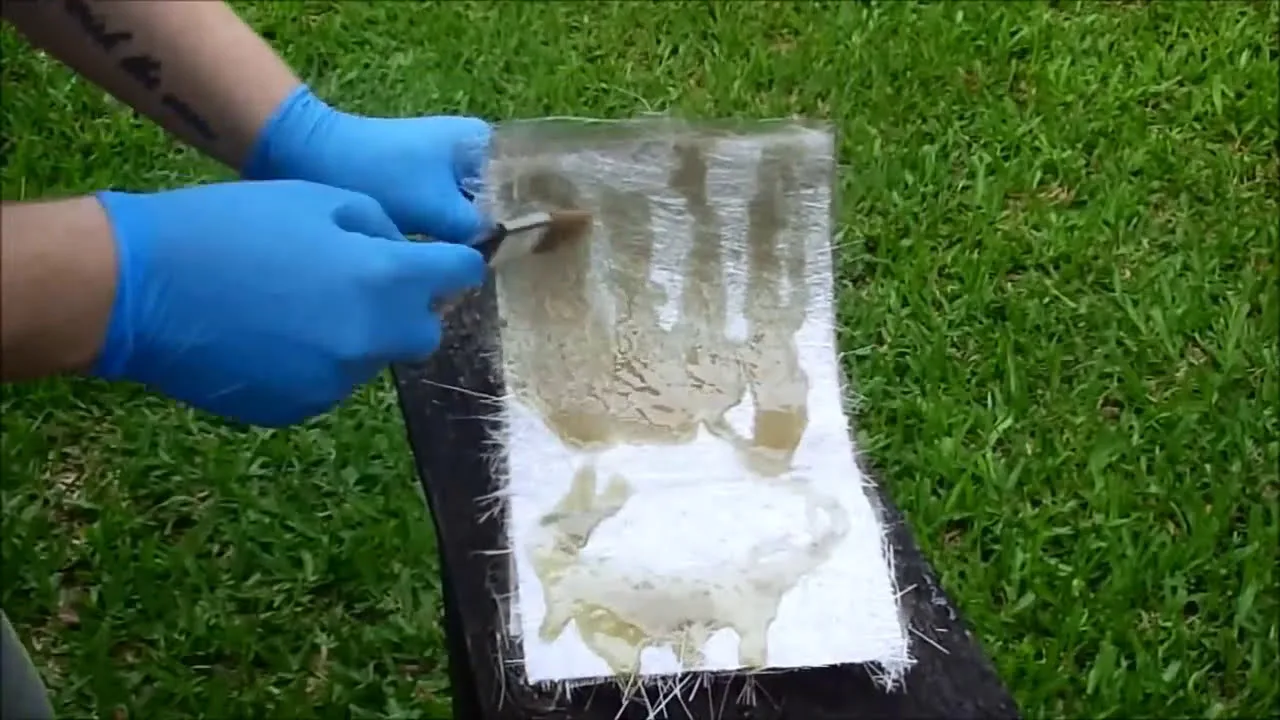Fiberglass molding is a versatile technique widely used in various industries, from automotive to home DIY projects. Creating a mold is often the first step in this process, allowing for the precise replication of shapes and designs. While professional mold-making materials can be expensive, using cardboard as a base for your fiberglass mold offers an affordable and accessible alternative. This guide will walk you through the process of making a cardboard fiberglass mold, providing you with a cost-effective solution that doesn’t compromise on quality.

cardboard fiberglass mold
Understanding Fiberglass Molding
Fiberglass molding involves creating a mold or a negative impression of a design, which can then be used to produce multiple copies of that design in fiberglass. The process is favored for its ability to create strong, durable, and lightweight products, making it ideal for both industrial and personal projects. Whether you’re looking to craft custom parts for a car or create decorative items, understanding the basics of fiberglass molding can open up a world of possibilities.
Why Use Cardboard for Mold Making?
Cardboard may seem like an unlikely candidate for mold making, but it offers several advantages that make it a great choice for DIY enthusiasts. Firstly, cardboard is inexpensive and widely available, making it a cost-effective option for those working on a budget. Additionally, it’s easy to work with, allowing you to cut, shape, and layer it to create the desired mold structure. When combined with fiberglass, cardboard forms a sturdy and reliable base that can be used for a variety of molding projects.
Materials Needed for a Cardboard Fiberglass Mold
To create a cardboard fiberglass mold, you’ll need the following materials:
- Cardboard: The base material for your mold, which can be easily sourced from boxes or purchased in sheets.
- Fiberglass Sheets: Used to create the mold’s structure. These can be found at most hardware or specialty stores.
- Resin and Hardener: Essential for bonding the fiberglass sheets together and creating a solid mold.
- Release Agent: Applied to the mold surface to prevent the fiberglass from sticking.
- Cutting Tools: Scissors or a utility knife for cutting the cardboard and fiberglass.
- Safety Equipment: Gloves, a respirator, and safety glasses to protect yourself during the process.
Step-by-Step Guide to Making a Cardboard Fiberglass Mold
- Prepare Your Cardboard: Start by cutting your cardboard into the desired shape of your mold. Ensure that all pieces fit together snugly and securely.
- Apply the Release Agent: Coat the cardboard with a release agent to ensure that the fiberglass does not adhere directly to the cardboard.
- Layer the Fiberglass: Begin layering the fiberglass sheets over the cardboard structure, applying resin between each layer. Be sure to work quickly, as the resin can harden fast.
- Cure the Mold: Allow the mold to cure for the recommended time, usually 24-48 hours. During this time, the resin will harden, and the mold will take shape.
- Finish and Test: Once cured, remove the mold from the cardboard base and trim any excess fiberglass. Test the mold to ensure it meets your project’s requirements.
Tips and Best Practices
- Work in a Well-Ventilated Area: Fiberglass and resin fumes can be harmful, so always work in a space with good ventilation.
- Use Quality Materials: Investing in good quality fiberglass and resin can make a significant difference in the final product.
- Practice Patience: The curing process is crucial, so resist the urge to rush it. Allowing the mold to fully cure will result in a stronger and more durable mold.
Conclusion
Creating a cardboard fiberglass mold is a straightforward process that can be tackled by beginners and experienced DIYers alike. By following the steps outlined in this guide, you can create a high-quality mold at a fraction of the cost of traditional methods. Whether you’re working on a personal project or something more complex, using cardboard as your base material is a practical and efficient choice. Ready to get started? Gather your materials and begin your mold-making journey today!




























